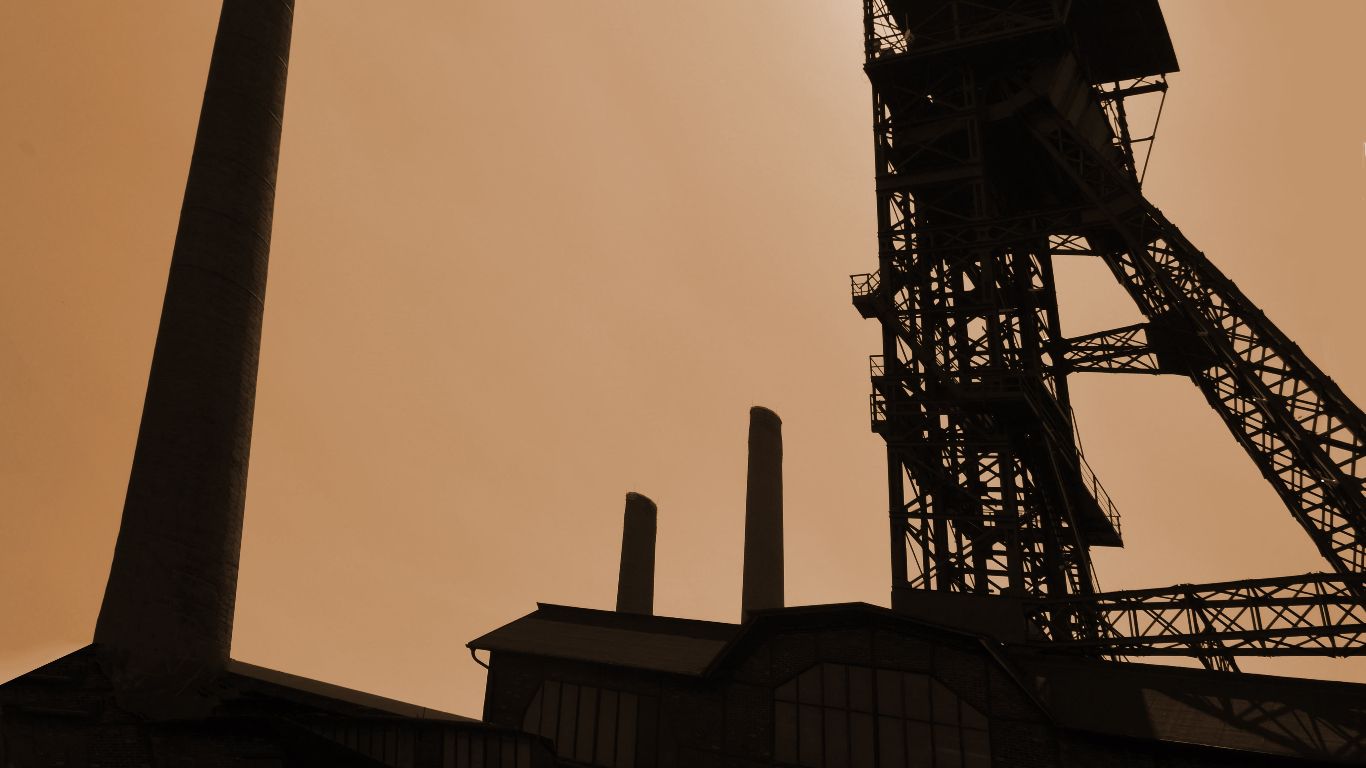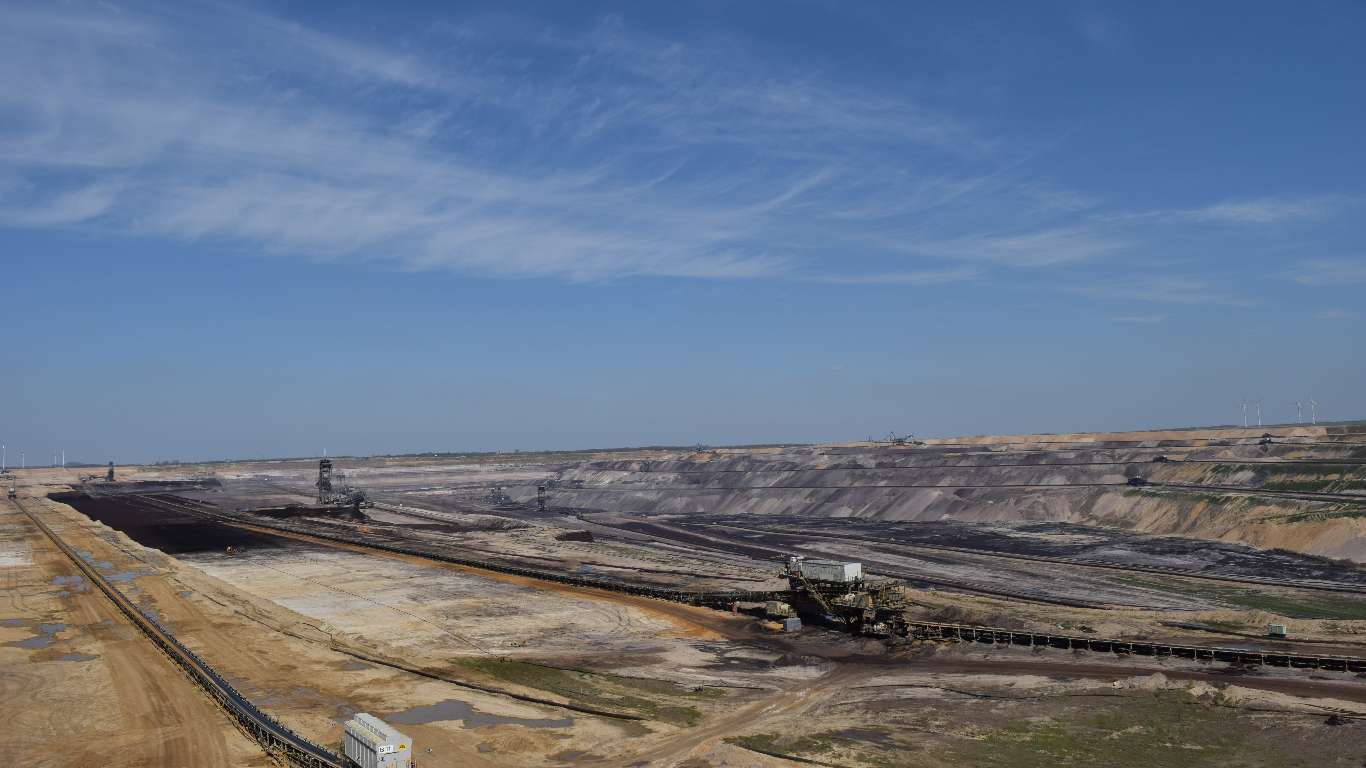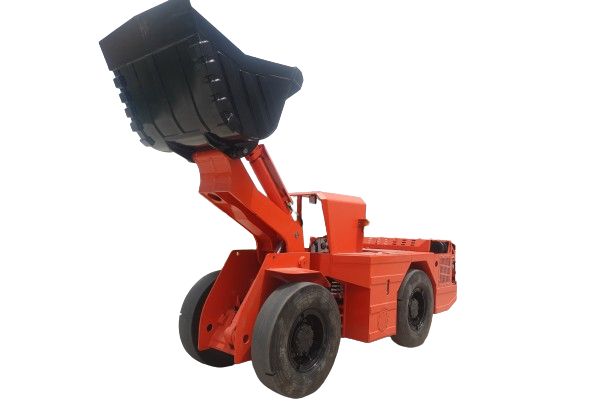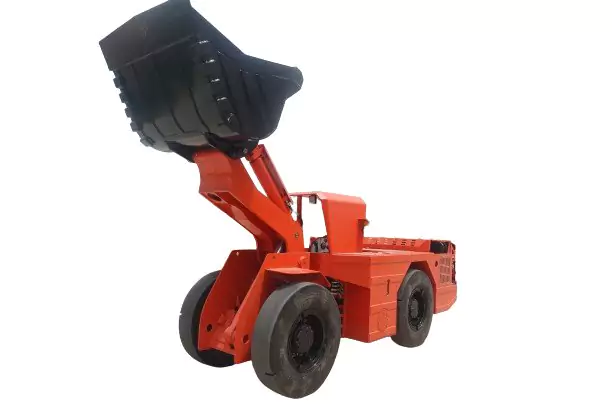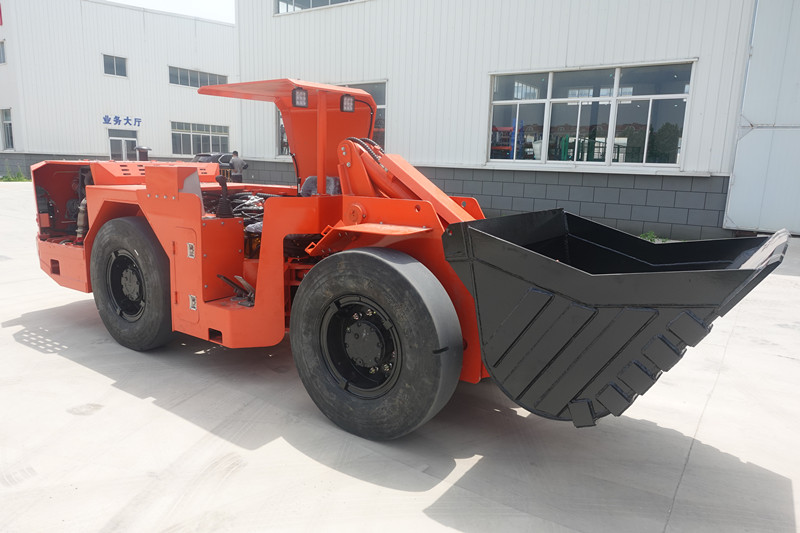Overview of Underground Mining
Definition and Importance
Underground mining refers to the various techniques used to extract minerals and ores from below the earth’s surface, as opposed to surface mining, which involves extracting materials directly from the open-air environment. The importance of underground mining cannot be overstated, as it allows for the extraction of resources that are otherwise inaccessible or would cause significant environmental disturbance if mined from the surface. Underground mining operations are crucial for tapping into valuable mineral deposits essential for various industries, including construction, technology, and manufacturing. By employing specialized underground mining equipment, these operations can be conducted efficiently and safely, thereby minimizing the impact on both the environment and the surrounding communities.
Types of Underground Mining Methods
There are multiple methods of underground mining, each with its own set of techniques and equipment designed for specific conditions and types of deposits. One common method is room and pillar mining, which involves excavating ‘rooms’ of ore while leaving behind ‘pillars’ to support the roof. This method is particularly effective for flat or gently dipping ore bodies. Another widely used method is longwall mining, where a long wall of ore is mined in a single slice, allowing for high recovery rates and efficiency. Cut and fill mining is another technique where miners excavate ore in horizontal slices, backfilling the voids with waste rock or tailings to provide stability. Each of these methods necessitates the use of specialized underground mining equipment tailored to the specific challenges and conditions of the mine.
Commonly Used Underground Mining Equipment
Drilling Equipment
Drilling equipment is indispensable in underground mining operations, serving as the primary tool for creating access points and removing ore. This section outlines two types of drilling equipment commonly used in underground mining.
Jackleg Drills
Jackleg drills are portable pneumatic drills that are essential for smaller, precise drilling tasks in underground mining. They are equipped with adjustable legs that allow operators to set the desired drill angle, making them highly versatile tools. Jackleg drills are commonly used in narrow vein mining and for drilling blast holes, scaling, and roof bolting. Their portability and flexibility make them ideal for tight workspaces and varied mine conditions. Despite their compact size, jackleg drills are powerful and efficient, capable of drilling through tough rock with ease.
Long-Hole Drills
Long-hole drills are designed for creating longer and deeper blast holes, making them suitable for large-scale mining operations. These drills are typically mounted on heavy machinery, allowing for precise drilling over greater distances. Long-hole drilling is essential for methods such as sublevel stoping and block caving, where efficient ore extraction relies on creating well-planned blast patterns. These drills can reach depths of several hundred meters, enabling miners to access extensive ore reserves. The use of long-hole drills significantly enhances productivity and ore recovery rates in underground mining.
Loading and Hauling Equipment
Efficient loading and hauling equipment are crucial for transporting ore and waste material from the mine to the surface, crucial steps in ensuring the smooth operation of underground mining. This section delves into two primary equipment types used for these tasks.
Loaders (LHDs)
Loaders, commonly referred to as Load-Haul-Dump (LHD) machines, are pivotal in underground mining operations. LHDs are designed to scoop up blasted ore and transport it to loading stations or directly to haulage trucks. These machines are built to navigate the narrow and winding tunnels of underground mines, offering robust performance and high maneuverability. Equipped with powerful engines and large buckets, LHDs can quickly and efficiently move substantial quantities of material. They also come with various attachments that enhance their versatility, allowing them to perform multiple functions within the mine.
Underground Trucks
Underground trucks are specialized vehicles designed to transport large volumes of material through the confined spaces of an underground mine. These trucks are engineered to handle the rugged conditions and steep gradients commonly found in underground mining environments. With their high-capacity payloads, underground trucks play a vital role in maintaining operational efficiency by minimizing the number of trips required to transport material to the surface. They are often equipped with advanced safety features and robust suspension systems to ensure stability and reliability. Using these trucks simplifies the hauling process, making it faster and more cost-effective.
Ventilation Systems
Effective ventilation is critical in underground mining to ensure a safe and healthy working environment. This involves controlling airflow and maintaining adequate air quality, which is essential for dispersing hazardous gases and maintaining oxygen levels.
Fans and Blowers
Fans and blowers are integral components of a mine’s ventilation system. They facilitate the circulation of fresh air throughout the mine, expelling harmful gases and contaminants. Large, industrial-grade fans are often stationed at mine entrances to force air into the underground tunnels, while smaller blowers can be strategically placed throughout the mine to direct airflow to critical areas. These systems must be robust and reliable, given the harsh conditions they operate under, ensuring continuous and consistent air movement to keep the working environment safe.
Air Ducts
Air ducts are another essential feature of mine ventilation systems. These ducts help channel airflow efficiently throughout the underground mine. Typically made from durable materials such as steel or reinforced fabric, air ducts must withstand the rigorous underground environment, including high humidity and constant movement. The design and layout of air ducts are meticulously planned to optimize air circulation, ensuring that all parts of the mine receive an adequate supply of fresh air. Proper maintenance of these ducts is crucial, as blockages or leaks can compromise ventilation efficiency, endangering miners’ health.
Specialized Machinery in Underground Mining
In addition to the basic equipment used in every underground mining operation, specialized machinery is often required to address specific tasks and challenges.
Roof Bolters and Scalers
Roof bolters are critical for stabilizing the ceilings of underground tunnels. They drill holes and install bolts to secure rock formations, preventing collapses and ensuring the safety of miners. Scalers, on the other hand, are used to remove loose rock from the tunnel walls and ceiling, further reducing the risk of rock falls. Both machines are essential for maintaining the structural integrity of the mining environment.
Shotcrete Machines
Shotcrete machines are used to apply sprayable concrete (shotcrete) to mine walls and ceilings, providing additional support and stability. This process is vital for reinforcing tunnels, especially in weak or fractured rock conditions. The shotcrete material hardens quickly, offering immediate structural support and improving the overall safety of the mining operation.
Rock Breakers
Rock breakers are hydraulic machines designed to break large rocks into more manageable sizes. They are often used in conjunction with other drilling and blasting equipment to create more accessible ore deposits. By reducing the size of large rocks, rock breakers facilitate easier transportation and processing, enhancing the efficiency of the mining operation.
Safety Equipment for Underground Miners
Safety is paramount in underground mining, and having the right equipment is essential to protect miners from various hazards.
Respiratory Protection Devices
Underground miners are often exposed to dust, toxic gases, and other airborne contaminants. Respiratory protection devices, such as masks and self-contained breathing apparatus (SCBA), are essential to safeguard miners’ respiratory health. These devices filter out harmful particles and provide clean, breathable air, reducing the risk of respiratory illnesses and ensuring a safer working environment.
Personal Protective Equipment (PPE)
Personal Protective Equipment (PPE) is a crucial aspect of miner safety, covering a broad range of protective gear.
Helmets and Safety Boots
Helmets are designed to protect miners from head injuries caused by falling rocks or debris, while safety boots offer protection against foot injuries and provide stability on uneven surfaces. Both are mandatory for ensuring miners’ physical safety in the underground environment.
High-Visibility Clothing
High-visibility clothing enhances miners’ visibility in dark and confined spaces, reducing the risk of accidents. Bright, reflective materials make it easier for miners to be seen by their colleagues and moving machinery, improving overall safety within the mine.
Maintenance and Sustainability of Mining Equipment
Proper maintenance and sustainable practices are essential for the longevity and environmental impact of mining equipment.
Routine Maintenance Procedures
Routine maintenance procedures are crucial for ensuring the reliability and safety of underground mining equipment. Regular inspections, lubrication, and replacement of worn parts help prevent equipment failures and minimize downtime. Implementing a comprehensive maintenance schedule ensures that machinery operates at peak efficiency, extending its lifespan and reducing operational costs.
Sustainable Practices in Equipment Usage
Adopting sustainable practices in equipment usage can significantly reduce the environmental impact of mining operations. This includes using energy-efficient machinery, recycling materials, and minimizing waste. By prioritizing sustainability, mining companies can reduce their carbon footprint and contribute to environmental conservation, aligning their operations with global sustainability goals. Properly maintained equipment also ensures safer and more efficient mining, further emphasizing the importance of regular upkeep and sustainable practices in the industry.
Considering factors such as safety, professionalism and post-maintenance, it is very important to choose the right brand.
Yantai Chi Hong Machinery Co., Ltd. is a prominent manufacturer of mining equipment, specializing in the underground mining field. With a solid 12-year track record, the company has established a comprehensive system for research, production, sales, and services, making it one of the leading suppliers in China’s mine machine manufacturing industry and a shining presence in the global market.
Yantai Chi Hong Machinery Co., Ltd. operates from a spacious production base spanning an area of 96,000 square meters. The facility boasts a workforce of over 300 production personnel, including 60 advanced production and management personnel, as well as a significant number of senior technical workers. The company’s commitment to quality is evident through its attainment of EU CE certification and ISO9001:2015 international quality certification for its products.
The company offers five main series of mining machinery. The WJ series comprises underground LHD loaders with capacities ranging from 0.6 cubic meters to 6 cubic meters. These loaders are designed to operate fully loaded and at high speeds on long spiral haulage ways, even on gradients of up to 20%. They are known for their efficiency and reliability in underground mining operations.
Yantai Chi Hong Machinery Co., Ltd. also manufactures the UK series of underground dump trucks, which have payload capacities ranging from 6 tons to 30 tons. These trucks are engineered to optimize machine width, length, and turning radius, enabling operation in narrow vein tunnels. They are designed to operate fully loaded and at high speeds on long haulage ways with gradients of up to 20%.
In addition to loaders and dump trucks, the company produces pick scalers, rock breakers, and drilling jumbos. These machines are tailored to meet the specific requirements of underground mining operations, offering flexibility, maneuverability, and high performance.
Yantai Chi Hong Machinery Co., Ltd. is also involved in the manufacturing of rock drilling tools, mining spare parts, and underground scooptrams. The CHWJ series of scooptrams are engineered to optimize machine width, length, and turning radius, enabling operation in narrow vein tunnels. These scooptrams are designed to help mines maximize tonnage while minimizing extraction costs.
Overall, Yantai Chi Hong Machinery Co., Ltd. is a trusted and reliable provider of mining equipment, known for its quality products and commitment to customer satisfaction.


